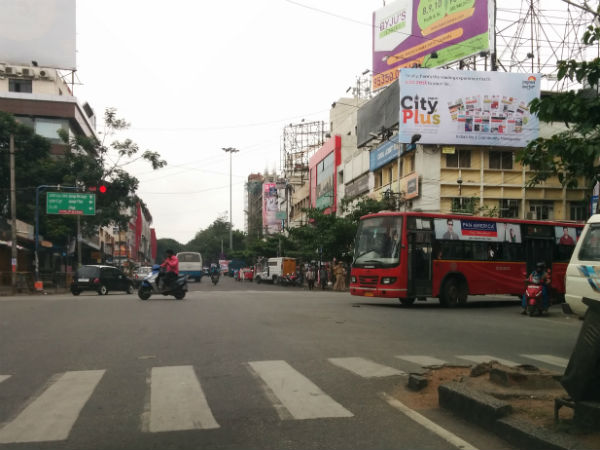India and other developing nations have very varied types of unemployment. The lack of available physical capital to employ the expanding labor force is the primary cause of unemployment and underemployment in developing nations like India. The expanding labour force has not been able to find productive employment due to a lack of physical capital.
As a result, chronic or long-term unemployment has emerged. Another significant factor contributing to unemployment in developing nations like India, aside from the relatively low rate of capital formation in comparison to the growth in the labor force, is the use of capital-intensive techniques in the industries that primarily import from Western developed nations.
According to a report released on Friday, Bengaluru has emerged as the Indian city with the most intent to employ in the second quarter of the current fiscal year, driven by growth in the IT, ecommerce, FMCG, and other related sectors. In the July to September quarter, 95% of companies declared their intention to increase hiring, up from 9% in the April to June quarter, according to the “Employment Outlook Report” of HR firm TeamLease Services.
61% of India Inc., seen from a pan-India viewpoint, were eager to hire during that time (a seven per cent increase over last quarter). Manufacturing and services in Bangalore have both demonstrated a willingness to hire. Leading industries in the manufacturing sector included FMCG (48%) and the healthcare and pharmaceuticals (43), manufacturing, engineering, and infrastructure (38), power & energy (34) and agriculture & agrochemicals (34) sectors (30). Leading industries in the services sector included information technology (97%) as well as e-commerce and related start-ups (85), education services (70), telecommunications (60), retail (essential) (64), retail (non-essential) (30), and financial services (55).
Mahesh Bhatt, chief business officer at TeamLease Services, shared his opinions in a statement. He noted that over the past ten years, Bengaluru has experienced exponential growth across industries, particularly with the emergence of numerous new age internet-based businesses offering a variety of value-driven services and goods. More firms are eager to expand their pool of resources and are inclined to offer greater salaries.
Actually, he predicted that hiring intentions would reach 97% in the ensuing quarters. The top profiles and roles in demand in the city comprised IT, Sales, Engineering, and Marketing, notwithstanding the significant need for IT-focused employment roles and digital competencies. The most promising cities for the manufacturing industry from a geographical standpoint are Delhi (72%), Mumbai (59), and Chennai (55%).
Bengaluru (97%) leads the way in the services industry, followed by Mumbai (81) and Delhi (80). (68). According to a corporate release, the “TeamLease Employment Outlook Report” is a thorough hiring outlook report aimed at human resource professionals, policymakers, and decision-makers. It reflects the recruiting sentiment of over 865 firms across 14 Indian cities and 23 different sectors. According to the survey and analysis conducted in April and May 2022, this report contains “Intent to Hire” figures for Q-2, 2022–23 [July 2022–Sept 2022].
Planning in India has placed a high priority on creating enough employment opportunities to accommodate both the yearly increase in the labor force and the backlog of unemployed people. The 1991 introduction of new economic reforms in India foresaw that a quickening of economic growth would also result in a quickening of employment prospects.
The deterioration of the unemployment situation, according to the Approach to the Eleventh Plan, was brought on by a faster increase in the labor force. However, in our view, the fact that there was a fall in employment growth in the organised sector despite faster GDP growth demonstrates the ultimate failure of the employment generation approach.
During the post-reform decade of 1994–2008, employment growth in the organised sector (both public and private combined) expanded at a pace of about 0.5% per year as opposed to 1.2% during the 1983–1994 period.Despite the fact that output has grown at a very high rate in both the organised industrial and services sectors, the rate of employment in the organised sector has increased little even in the current period.
Hence, according to a corporate release, the “TeamLease Employment Outlook Report” is a thorough hiring outlook report aimed at human resource professionals, policymakers, and decision-makers. It reflects the recruiting sentiment of over 865 firms across 14 Indian cities and 23 different sectors. The survey and analysis conducted in April and May 2022 were the basis for this report’s Intent to Hire statistics for Q-2, 2022–23 (July 2022–Sept 2022), it was noted.
Read more:https://tdznkwjt9mxt6p1p8657.cleaver.live/












